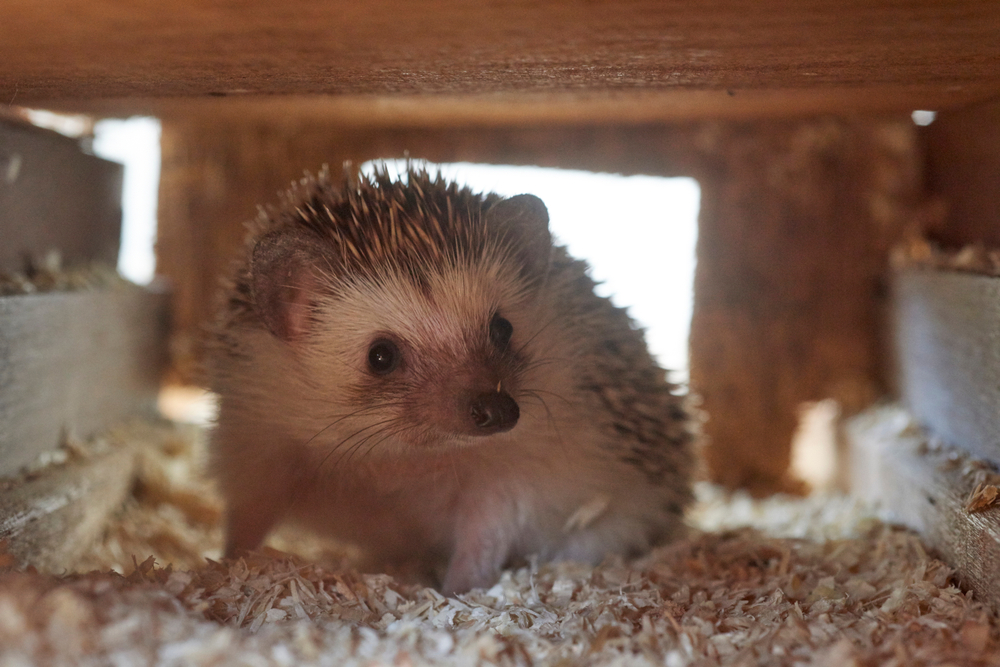The Fascinating Effects of Green Spaces on Mental Health
Ever wondered why a walk in the park or a few minutes in your backyard can leave you feeling refreshed and calm? The answer lies in the fascinating link between green spaces and mental health. This article breaks down the science behind this connection, presents the latest research, and offers practical tips for incorporating more greenery into your daily routine.

The Green Space-Mental Health Connection: A Historical Perspective
The concept of green spaces positively impacting health is not new. From the ancient Roman tradition of creating public baths amidst gardens, to the 19th century practice of constructing parks in urban areas for health and recreation, the link between nature and well-being has been recognized for centuries. However, it wasn’t until the late 20th century that scientists started investigating this connection systematically. The results have been eye-opening, cementing the role of green spaces as a key component of mental health.
Current Research: The Power of Green Spaces
Numerous studies have shown that spending time in green spaces, whether it’s a sprawling forest or a small urban park, can help reduce stress, anxiety, and depression. For instance, a 2019 study published in the Journal of Public Health found that spending at least 120 minutes per week in nature was associated with good health and well-being.
Another study in the Journal of Environmental Psychology found that even viewing pictures of nature can help reduce stress levels, demonstrating that the benefits of green spaces extend beyond physical presence.
Delving Deeper: How Does It Work?
So, how exactly do green spaces improve mental health? One theory is that nature helps distract our minds from stress and allows us to focus on the present moment, a concept known as mindfulness.
Secondly, green spaces often encourage physical activity, which is known to boost mood and reduce anxiety. And finally, exposure to sunlight in outdoor spaces increases vitamin D production, which has been linked to improved mood.
The Challenges and Credibility
While the benefits of green spaces are well-documented, access to such spaces is a significant challenge, particularly in densely populated urban areas. There is also a disparity in the quality of green spaces available, with economically disadvantaged communities often lacking well-maintained parks or gardens.
Despite these challenges, the scientific credibility of the green spaces-mental health link is strong, with a growing body of research supporting it.
Incorporating Green Spaces into Your Routine
- Start small: Even a few indoor plants can make a difference.
- Make it a habit: Try to spend at least 30 minutes in a green space every day.
- Be active: Combine your time in nature with physical activity for added benefits.
- Advocate for green spaces: Support local initiatives that aim to create or improve public parks and gardens.
Conclusion
The evidence is clear: green spaces play a vital role in maintaining and improving mental health. Despite the challenges in accessing quality green spaces, even small changes like adding plants to your home or spending a few minutes in a local park can make a significant difference. So next time you’re feeling stressed or anxious, why not head outdoors and let nature work its magic?





